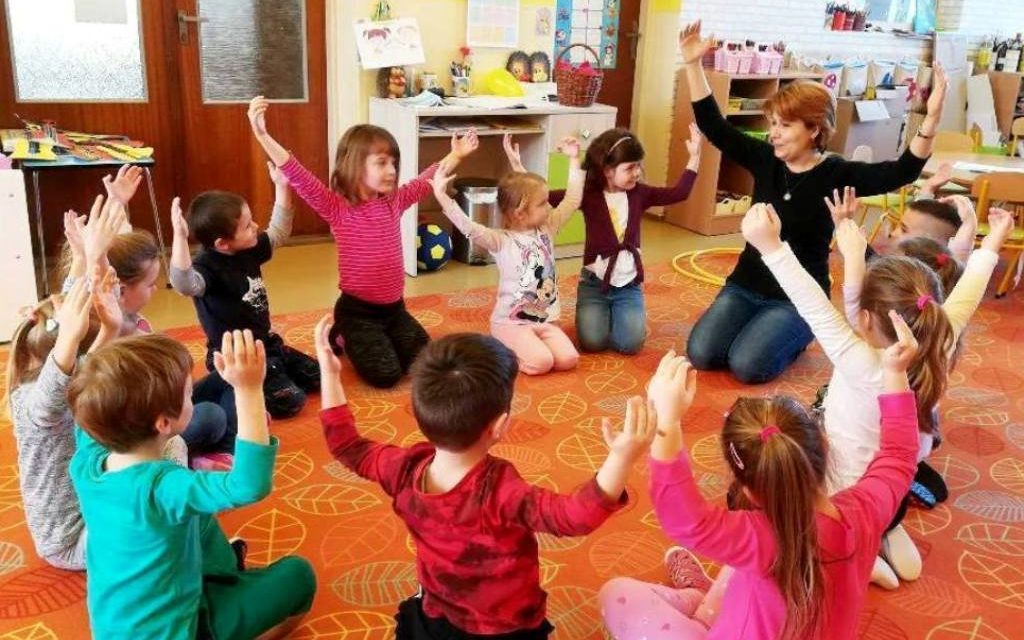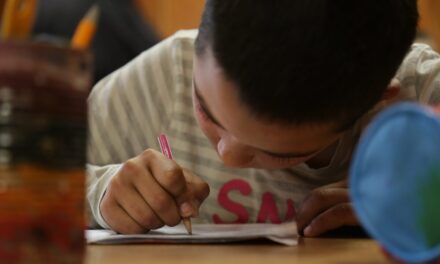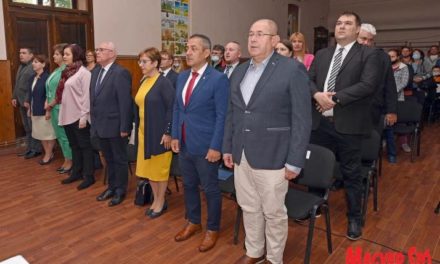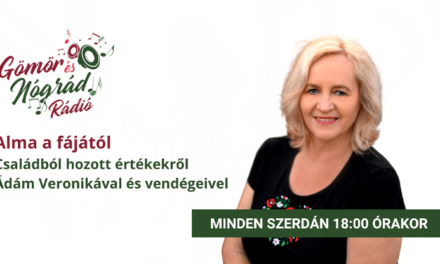By the 2023/2024 academic year, the number of children attending Hungarian kindergartens in Felvidék has increased significantly by about eighteen percent in the last fourteen years, the Rákóczi Association announced on Monday. , but the overwhelming majority of children attending Hungarian kindergartens in the highlands have a living connection to the Hungarian identity.
According to the research of Ferenc Sullivan, the association's head of research and analysis, in 2010, 8,482 children attended Hungarian kindergartens in Felvidék. This indicator increased to 9,339 children by the end of the decade, and to 9,982 in the last academic year.
Among the factors explaining the growth, in addition to the growing trend of kindergarten attendance nationwide, initiatives that encourage the choice of Hungarian institutions, such as the Carpathian Basin Kindergarten Development Program and the Homeland Hungarian Program, wrote the head of the analysis.
Another important aspect in this regard was the mandatory attendance of kindergarten from the age of five from 2021, in order to include socially disadvantaged children in the education process
says the analysis.
According to the information, the officially registered nationality of primary school students cannot be matched with the primary and secondary nationality declared in the census and the real nationality ratios.
The majority of kindergarten students identified as Slovak are believed to come from "mixed families",
or lives in an environment at different levels of assimilation, where Hungarian cultural ties and language skills are present - the analysis reads.
According to the head of the analysis, in addition to "homogeneous Hungarian families", addressing those with "mixed identities" is crucial for the survival of the Hungarian institutional network, since - as he wrote - their involvement is essential to maintaining the stability of staff numbers.
Due to local peculiarities such as the low number of children or the shortage of teachers, the officially Slovak kindergarten groups in reality operate as bilingual Hungarian-Slovak groups. Among other things, this explains the fact that the same number of Slovak children attending Hungarian kindergartens, 1,875 registered as Hungarians, attend Slovak groups, he wrote.
Compared to Hungarian primary schools, the proportion of children registered as Slovak nationality is higher in Hungarian-language kindergartens, the reason for which is primarily that "mixed" or families with Hungarian ties are more likely to choose a kindergarten for their child where the child can learn the basics of the Hungarian language, while this is no longer necessarily a factor when choosing a school - the analysis states.
According to the report, in Bratislava, Kassá and Szenc, where a significant number of children registered as Slovaks attend Hungarian kindergartens, the number of Hungarian school voters has also increased significantly in the recent period.
Within the framework of the Hungarian in the Homeland Program, the Hungarian state provides educational and student support for students visiting Hungarian institutions in the foreign territories of the Carpathian Basin.
Knowing the statistics, however, it can be concluded that the number of children registered as Slovaks in Hungarian kindergartens did not increase significantly due to the increase in educational support announced at the beginning of 2023, since Hungarian kindergartens were attended by children registered as Slovaks in a similar proportion in previous years, wrote Ferenc Sullivan.
According to the statement
the condition for awarding the current HUF 100,000 gross annual grant is not the family's Hungarian origin, identity or language skills, but attendance at a Hungarian-language educational institution.
This is also in line with the provisions prohibiting discrimination and the goals of Hungarian national policy, since – as the head of the analysis writes – it is of key importance in the peripheral areas that the "strongholds" of Hungarian education appeal to as many families as possible, thus increasing the Hungarian community.
MTI
Cover image: Kindergarten occupation/felvidek.ma













